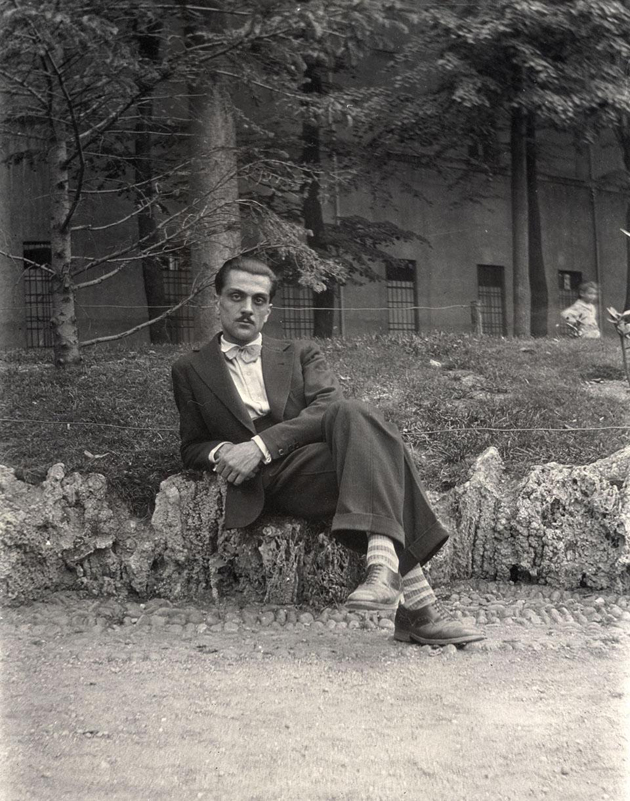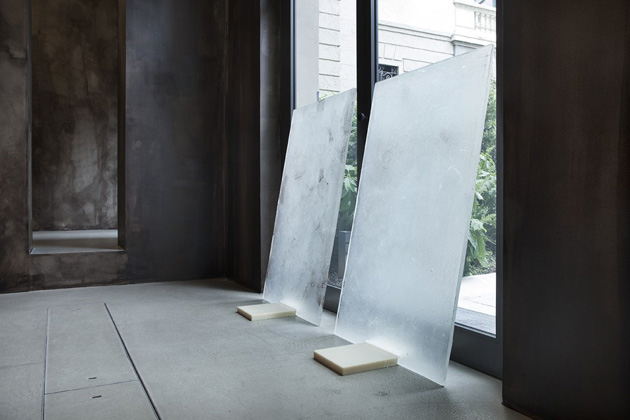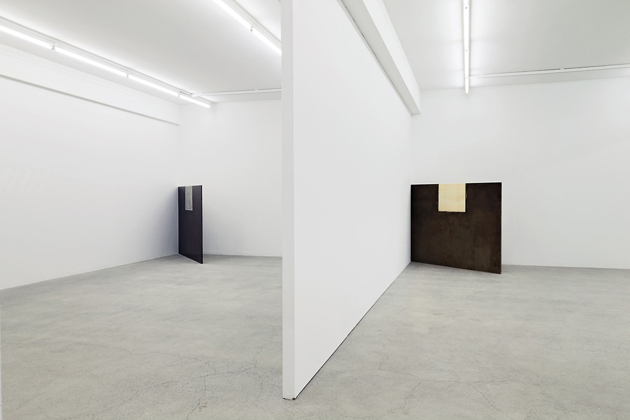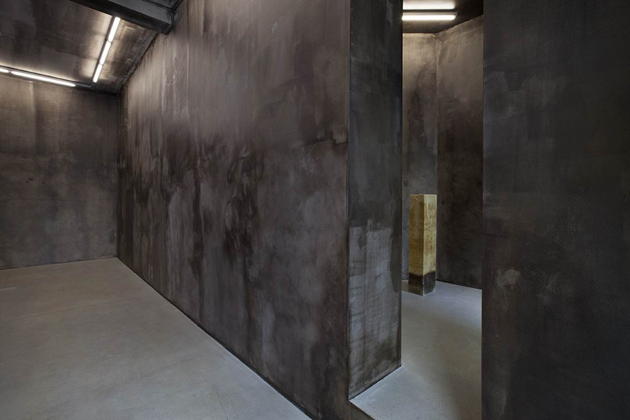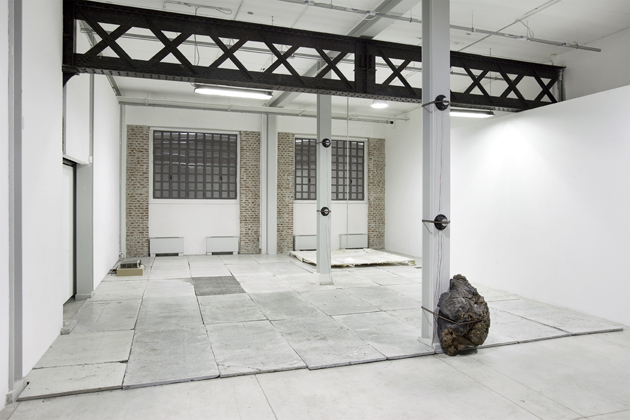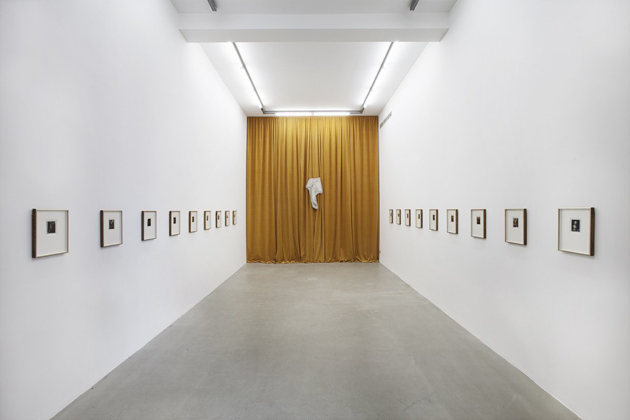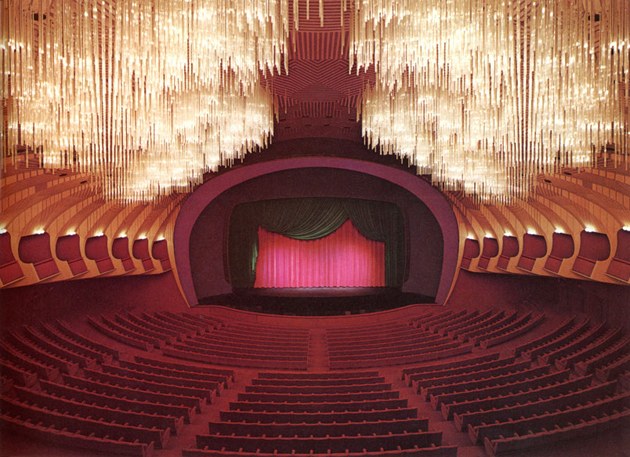
In looking at the richness of Carlo Mollino’s work, one cannot but wonder how should this eclectic figure be framed – architect, design, photographer, but also aviator, a passionate skier and a racing car driver – any label appears too restrictive to frame his body of work, his character and his wit. Stereotype of a wild genius, Mollino was influenced by Turin’s lively cultural scene between the two wars, soon establishing himself as a versatile artists combining rigorous technological research and formal experimentation with sophisticated historical references. Despite his wide range of work, all of his projects remain coherent and a precise line of thought can be found both in his interior design projects (such as the surrealist Casa Miller, Casa Devalle or Casa Mollino), in the architectures of the mountain and the city (Teatro Regio in Turin, Turin Horse Society), as well as in his one-off products and photography.
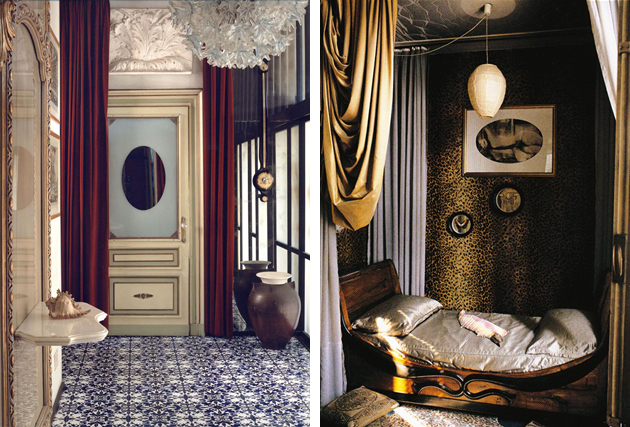

A dandy, shy, lonely and elusive, Mollino conveyed his subtle messages by elaborating forms of the past using contemporary technologies, such as the reinforced concrete and bold structures applied to the sledge lift station of Lago Negro, a project where one would expect the more traditional use of wood. In fact, such juxtapositions of opposite materials, forms and textures, the dialogue between tradition and innovation, appears fundamental for his design process. Even though initially driven by the building fervor of the fascist period and the hiatus of the war, he has notably rejected the Modernist lessons of Gropius and Le Corbusier accusing them of cold functionalism and advocating for a more emotional, personal approach to architecture.
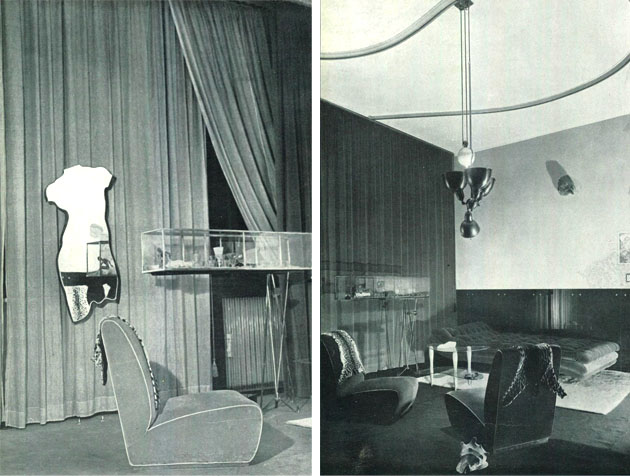
Even in his furniture designs, Mollino prefers handmade production of limited edition pieces, rather than any large-scale industrial production processes, giving his projects a unique aura. Throughout his life, he will never design anything for the big industry and the majority of his furniture will be one-off projects, ranging from wonderful tables, chairs and household objects inspired by nature, to the racing car designed with Bisiluro. The forms developed in architecture and design are highly evocative of his photographic work, notably the erotic series produced with a Polaroid, which explore the sinuous forms of a female body. The use of photography is in itself symbolic of his creative process: it’s not the image itself that is important, but how it is processed and produced.
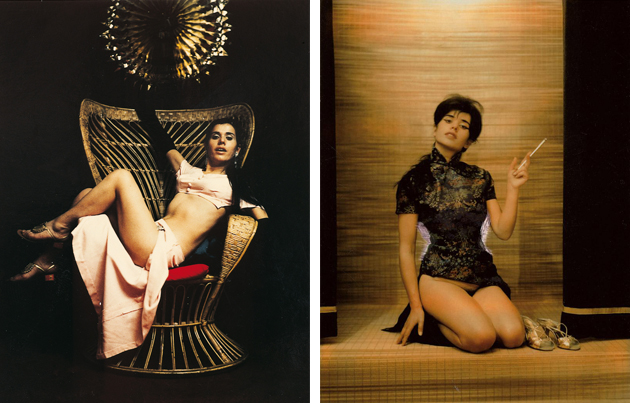
Even though Carlo Mollino’s work is currently celebrated in major exhibitions, he still hasn’t been fully recognized as an architect, but rather appreciated as a charming, eclectic figure. While his objects are on high demand among collectors and the most fashionable of photographers, like Juergen Teller, have often chosen Casa Mollino for their photo-shoots, the figure of Carlo Mollino still waits to be fully understood.
